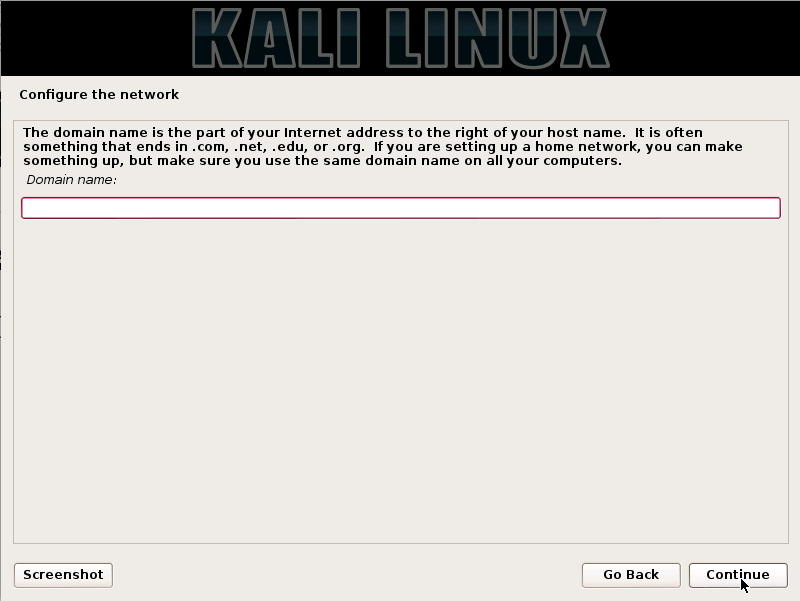How To Install Openoffice In Kali Linux Iso
How To Install Openoffice In Kali Linux Download. Version: Firefox 5. Instructions for Downloading and Installing Apache OpenOffice 4.0. Multiarch support, one of the main release goals for Wheezy, will allow Debian users to install packages from multiple architectures on the same machine. This means that you can now, for the first time, install both 3. Download: debian- 7. 56, torrent). Distribution Release: Debian GNU/Linux 6. Debian GNU/Linux 6. Gmount-iso is a small tool written using PyGTK and Glade. It allows you to easily mount your cd images. This is a frontend to the mount -o loop -t iso9660 foo.iso /mountpoint command. To install open terminal and type the following command sudo apt-get install gmountiso The application is available from Applications. 13 thoughts on “ Step by Step How To Make a Kali Linux Live Boot DVD ” Lime May 5, 2017. When I make this disc I still have to install Kali Linux it puts in.


After reading,,, and many other resources I've spent the last 2 days utterly failing to create what I want. I just purchased a 32 gigabyte flash drive.
I desire to make this flash drive into a multi-tool for fixing any computer issue I might encounter from opening a word document to recovering a lost password. My plan to do this was to put two partitions on the drive: • a 28 GB data partition which would hold multiple portable programs (Open Office, GIMP, a hex editor, etc) • a 4 GB partition with Kali Linux installed I've tried using fdisk, gdisk (GPT fdisk), and Mac OS X's built-in partitioning tool to create these partitions. I've also tried various combinations of block allocation, preceding free space, EFI partition sizes, etc. I've tried using just an MBR, a hybrid MBR+GPT, and just GPT. No matter what I do the results are the same: The 28 GB partition can be seen by all computers (Mac, Windows, Linux), the 4 GB partition can be seen by non-Windows computer (Mac, Linux), but no partitions can be seen by BIOS. I simply can't boot from it.
To install Kali Linux I'm using the following command with the ISO downloaded from their site: sudo dd if=~/Downloads/kali-linux-2.0-i386.iso of=/dev/disk2s3 bs=1m I've also tried changing the.iso file to a.img file per, but using this instead had no effect. I've also tried a few of the guides here on SuperUser, including which puts Knoppix on the first partition and the drive therefore won't work in Windows. I'm sure I'm missing something simple, but I'm pulling my hair out trying to figure out what it is:) Why doesn't BIOS see my flash drive? Update Another day, another try. After staring at the forums and the.iso file I finally put two and two together and realized that the.iso file already contained an MBR. Writing the.iso to a partition was redundant. However this caused a conundrum: how do you write all of the.iso except its MBR?
I had an interesting idea that I gave a try: • I shredded the flash drive to rip out the MBR, partitions, etc • I copied the.iso over (using dd) so it functioned like a normal 4 GB Kali Linux drive • I used fdisk to edit the MBR. However instead of moving data, I listed the partition out of order.
The first partition went from sectors 500 (not actual sector numbers, just an example), the second partition went from 400, and the third partition went from 0-400000 (Kali Linux) • I flagged the third partition as bootable Now when I restarted my Mac with the flash drive in (holding down Option) I saw the drive! Although for some reason it said 'Windows' instead of 'Generic USB' or anything. Atv Usb Creator 3.0.2 there.
But I didn't question it. I clicked on the drive and was shivering with excitement! Until this: isolinux.bin missing or corrupt No bootable device -- insert boot disk and press any key So close, yet so far:(. I'm trying out the same thing. I stumbled across that made me think that I was going about it all wrong. What I got from the tutorial was that I needed my own separate MBR on the disk.
GRUB installed there will list the. Free Psychology Books In Bengali Pdf more. iso files that I have on that disk. And it's not using dd to install those.iso's. It's simply copying the.iso files themselves. Selecting them doesn't simply boot them though.